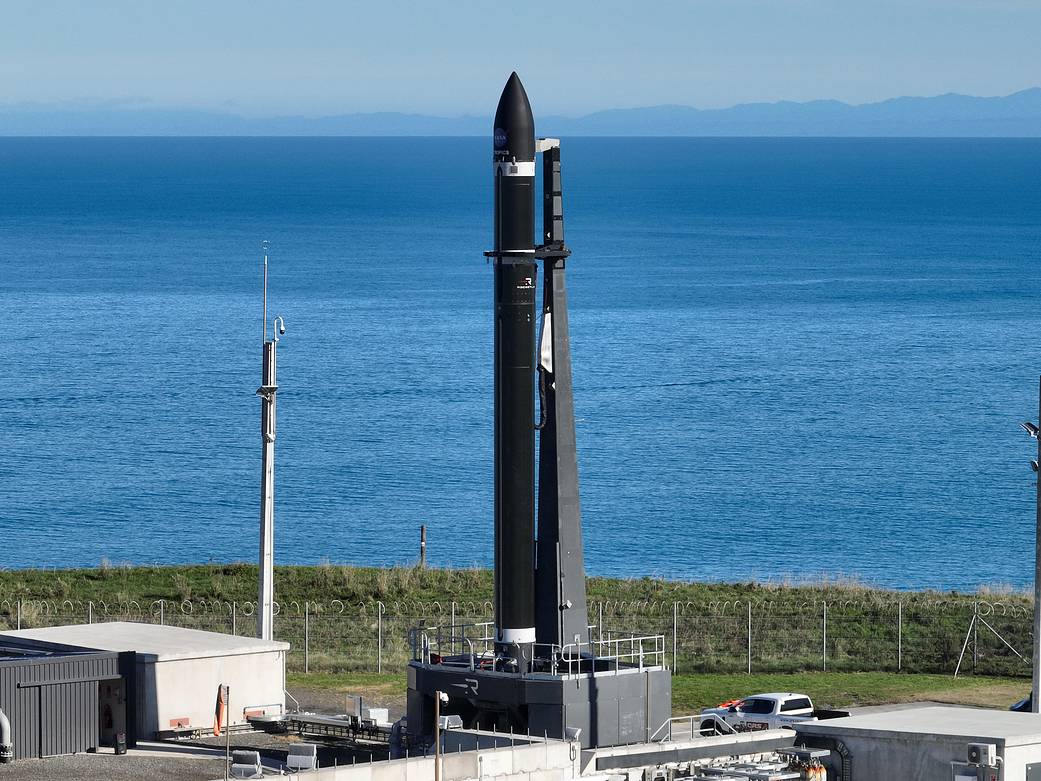A Rocket Lab Electron rocket stands on Pad B, Launch Complex 1, in Māhia, New Zealand, just ahead of a successful launch on Friday, May 26, with NASA’s Time-Resolved Observations of Precipitation structure and storm Intensity with a Constellation of Smallsats (TROPICS) CubeSats payload. Now that the final pair of CubeSats are in orbit, TROPICS will study the formation and development of tropical cyclones, known as hurricanes in the Atlantic and typhoons in the West Pacific. Hurricane season begins June 1, and the increase of cyclone data collected by TROPICS may lead to improved tropical cyclone forecasts, ultimately helping decision makers and first responders.
Image Credit: Rocket Lab
5月26日星期五成功发射之前,一枚火箭实验室电子火箭站矗立在新西兰玛希亚1号发射复合体B平台上,搭载的是NASA利用小卫星(TROPICS)立方体卫星有效载荷,该卫星对降水结构和风暴强度进行了时间分辨观测。现在,最后一对立方体卫星已经进入轨道,TROPICS将研究热带气旋的形成和发展,热带气旋在大西洋被称为飓风,在西太平洋被称为台风。飓风季从6月1日开始,热带地区收集的飓风数据的增加可能会改善热带气旋预报,最终帮助决策者和急救人员。
影像来源:Rocket Lab







